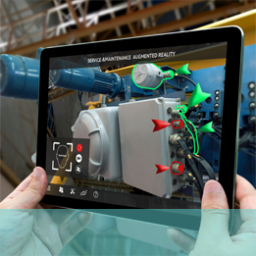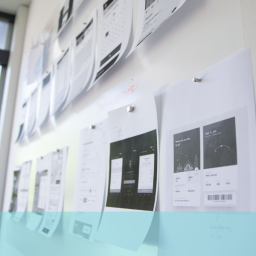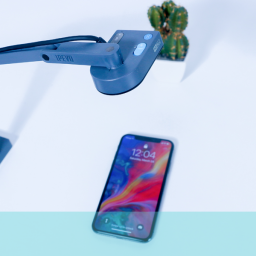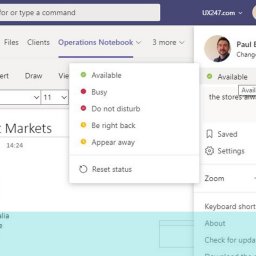
Market Research Vs User Experience Research
Most people in organisations will be familiar with the term ‘market research’ and understand, to some degree, what it is and what it is used for. User experience research is a different animal and, although there is some commonality and overlap, its use is usually significantly different – and less understood by business managers and executives.
Market research is mostly interested in numbers – often large numbers – and is used to validate commercial hypotheses on particular audiences. These hypotheses are usually new products, services, websites, advertising or some other critical interface with a marketplace that can be tested with relatively simple questioning across a wide volume of consumers. It is largely focused on getting scientifically valid and accurate predictions of what consumers are likely to respond to, buy or access in a positive way. The data enables senior managers to make considered assessments about new product development, entering new markets and other crucial business decisions.
Main features of market research:
- Numbers and demographics focused
- Aimed at predicting purchasing behaviour
- Used for quantifying market volumes
- Uses relatively simple propositions
- Scientific control and clear parameters
- Remote, indirect data gathering
User experience (UX) research employs very different technique and has a different type of objective. UX research is used where the business wants to understand how or why an individual uses a particular product or service, what motivates them, their feelings towards the product or brand, how they make their decisions and what features attract or repel them. It is a much more subjective process as it attempts to capture personal, deeply held or felt responses and beliefs.
In order to achieve this, the research has to be conducted in a more direct, face-to-face environment where responses can be probed and interrogated to provide deeper insights and information. This means much much smaller sample sizes and much longer and more detailed questioning of participants. The resulting data is therefore not scientifically valid or scaleable; but it is not intended to be. The emotive nature of the survey is more involved with the nuances and subtle aspects or product development or advertising, identifying what pushes consumers’ buttons and prompts specific responses and actions.
Main features of user experience research:
- Focused on feelings and personal responses
- Smaller sample sizes
- Administered personally, usually face-to-face
- Not scientific or predictive
- Can probe complex, sophisticated issues
There is no need for the two techniques to be mutually exclusive; indeed there is a good deal of merit in combining both approaches to get the optimum results from any research-led project. Examples of how the two processes can interact are:
- Using user experience research to determine the factors that should be tested on wider audiences to verify the market potential
- Market research can give broad indications of unmet demand for User experience research to provide more detailed data on product features and uses
- Market research can give indications of broad opportunities or problems in markets which UX research can probe and solidify into concrete actions
- User experience research can throw up new or adapted propositions for market research to test on a wider scale.
This is a wide and rich area of potential. If you would like to know more or have specific issues or problems you would like to address, why not get in touch with us right away? Drop us an email at hello@ux247.com.


















[…] are many different ways of conducting user research, and we have dealt with most of them in this blog at one time or another, but one that we haven’t […]